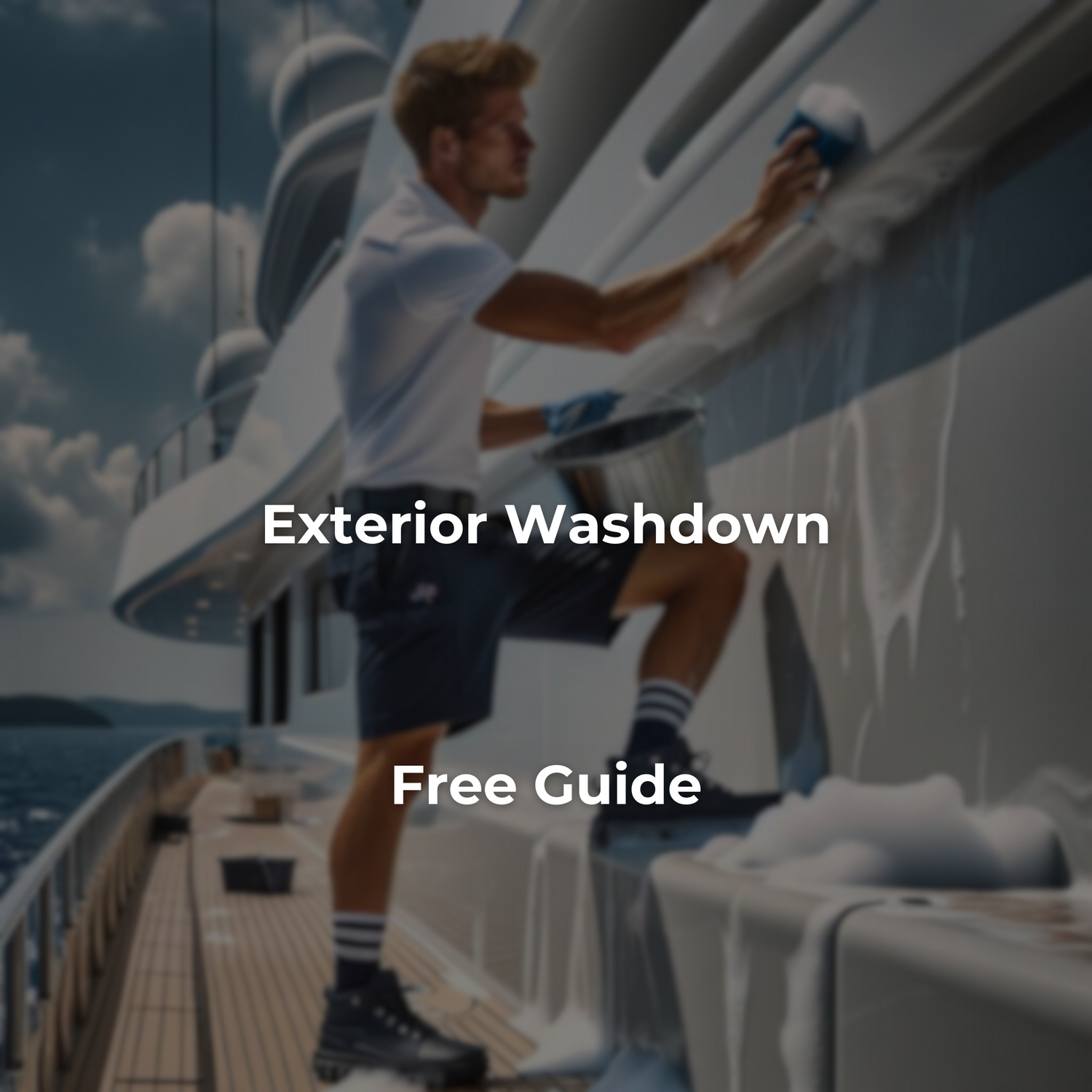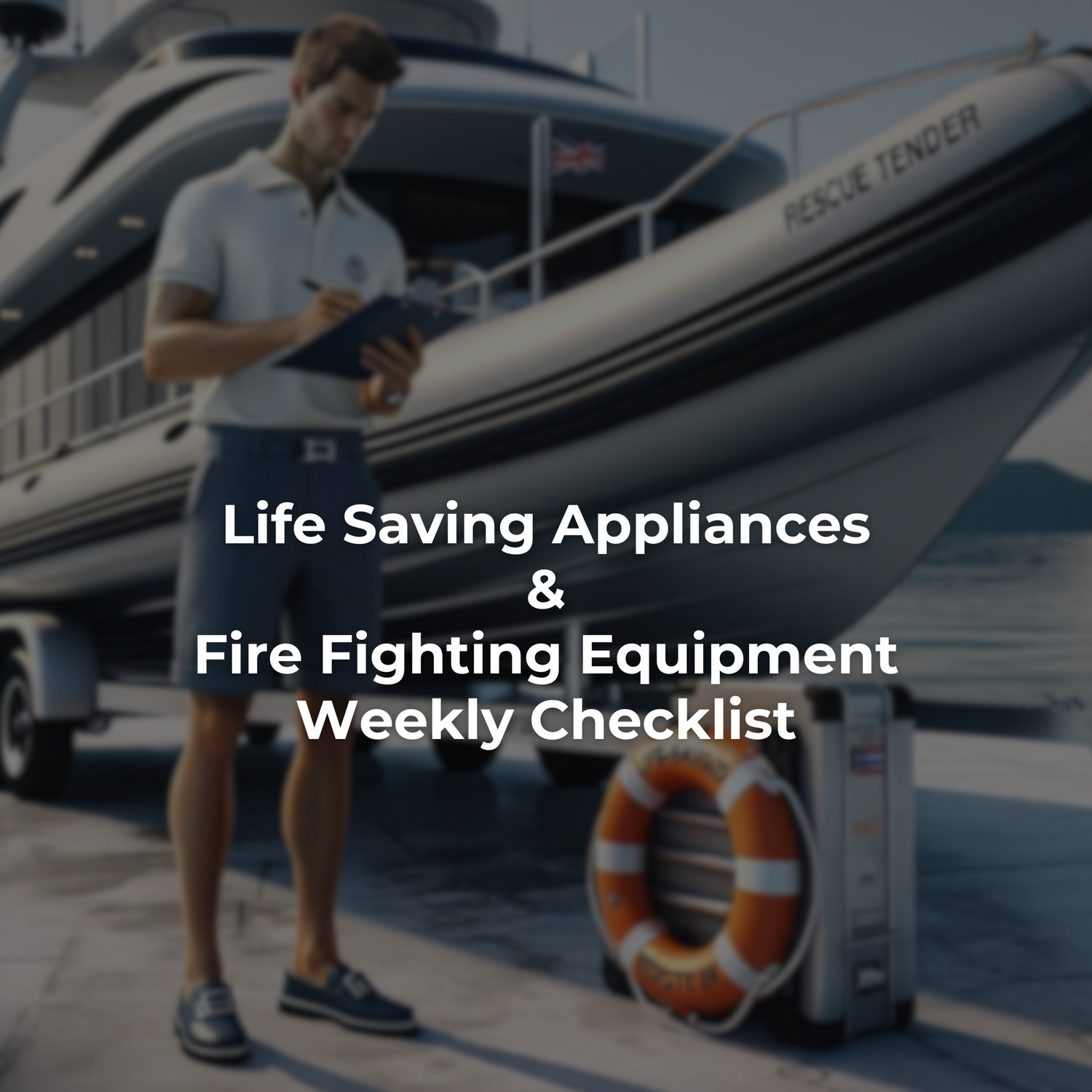An "Effective Communication" Guide for Yachting Professionals
Communication is the lifeblood of the any people-based industry. It has always been considered one of the most important interpersonal skills that every employee should possess or improve upon. Take the pleasure maritime industry, for example. Communication encompasses interactions among employees, crew, service providers, suppliers, vendors, charter brokers, captains, heads of departments, and even shipyard staff. Clear, concise, and effective communication ensures smooth operations, enhances guest experience, and fosters strong professional relationships.
This guide provides actionable pieces of advice and simple, real life examples tailored to some of the roles within the yachting and hospitality ecosystem, to help you to identify and improve your communication skills.
1. Let’s Start With Active Listening
Active listening is a communication technique that involves fully concentrating, responding, understanding and remembering what is being said. It's different to passive listening, where one hears the words but is not fully engaged with the speaker. Active listening is the deliberate effort to engage with both the speaker and the message. It involves avoiding distractions (like checking your phone even if there's no pings), or even pre.thinking your response while they are still talking. Show you are actively listening by responding thoughtfully after the message has been delivered, in a way that acknowledges the speaker's points. Retain the key points of the conversation for future reference or action, to demonstrate that you value and respect the speaker's input. Active listening is a critical skill in effective communication as it builds trust, prevents misunderstandings and assumptions and ensures that all parties feel heard and understood.
Yacht Crew - How To Apply It
During safety briefings or guest interactions, practice active listening by giving your full attention, nodding to show understanding, and summarizing what was said to confirm comprehension.
For Example:
When a guest mentions a preference for dinner, instead of just noting "Italian," ask follow-up questions like “Would you prefer pasta or pizza?” (Pun fully intended) and repeat their choice to ensure clarity. Jokes aside, you get my drift.
Suppliers and Vendors - How to Apply It
Understand the needs of the yacht and its crew by listening carefully to their requests and clarifying any ambiguities before proceeding with deliveries or services. This is important as yachts often have quick turnaround times and it is important to avoid wasted time and unnecessary returns that result from communication hiccups.
For Example:
If a yacht requests specific parts for the engineering or deck departments, restate the order with part numbers and descriptions to confirm accuracy before dispatching the items. Put it in writing in an email, so that misunderstandings resulting from accent differences, do not arise.
Charter Brokers - How To Apply It
Pay close attention to clients' preferences and requirements to tailor the yacht selection and charter experience to their exact needs. As crew, we often find that the preference sheets are too vague, or that the guests seem to want nothing from the preference sheet supplied by the agents..
It’s so important to get feedback directly from the yacht after completion of a charter, in order to keep an updated preference record of the guests, should they end up being a repeat client in the future.
Here’s and example: If a client mentions they enjoy water sports, discuss and confirm whether they prefer jet skiing, wakeboarding , foiling or seabobbing, and ensure these options are available on their chartered yacht. Communicate this information to the vessel, so that additional items may be rented in a timely manner for the charter.
One of the coolest solutions we have seen so far comes from an ex-chief stewardess/purser, Ciara Farrow. Having dealt with preference sheets for many years, and frustrated with the outdated preference management systems, she developed a software for yachts, called SEVENSTAR. She is keenly aware that many crew and guests are very proficient with technology in this digital age, so her modern solution solves one of the biggest issues on board, and makes communicating up-to-date, accurate information to charter brokers easier.
Captains and Heads of Department - How to Apply It
Listen attentively to crew feedback and suggestions during meetings to address any issues promptly and improve onboard operations.
For Example: During a safety drill debrief, listen to crew members’ observations about potential improvements and acknowledge their input.
Shipyard Staff - How to Apply It
During refits or builds, listen to the yacht owner’s and captain’s specific requests and provide detailed feedback to ensure their vision is accurately implemented.
For Example: If a captain describes a desired modification to the yacht’s interior, clarify the timeline and feasibility before starting the work. Sometimes, Owner's requests simply cannot be accommodated, no matter their ability to afford it.
2. Clear and Concise Communication
This refers to the practice of giving information in a straightforward, easy-to-understand and efficient manner. It means using language that is simple and precise, with no room for misinterpretation (this isn't always easy, we know).
For Crew - Applying Clarity
Use clear and simple language when giving instructions or relaying information to ensure all crew members understand the message. Try to avoid complicated wording, or cultural ‘jargon’. Remember that English is not everyone’s first language, even if it is the internationally accepted language on yachts.
An Example of Unclear Communication:
Chief Stewardess to Emily…"Emily, Mr. Johnson has an allergy, so there’s a special dish for him. Just make sure he gets the right one. It looks the same as the others, but don’t mix them up. If you need anything, let me know."
Now here’s a more clearly communicated instruction:
Chief stewardess to Emily…
“Emily, I want to make sure we avoid any issues with Mr. Johnson's meal tonight. He has a severe nut allergy, so we've prepared a special dish for him. It looks exactly like the other guests' dishes, but it’s crucial that you serve the one labeled with the blue sticker to Mr. Johnson only. Please double-check the label before serving and make sure no one else touches or swaps the plates. If you have any doubts, ask me or the chef right away. Let me know once it’s done, so I can confirm everything went smoothly."
See the difference?
Shipyard Staff:
Communicate progress updates and potential issues during refit or build phases with clear timelines and action steps.
For Example: Provide weekly reports that include detailed progress, upcoming work, and any issues that need addressing, such as delays in material delivery.
3. Non-Verbal Communication
Nonverbal communication refers to the process of conveying information without the use of spoken or written words. It involves a variety of signals and behaviours, such as body language, facial expressions, gestures, posture, eye contact, and tone of voice. Nonverbal cues often accompany verbal communication, providing context, emphasis, or emotional depth to the message being conveyed.

For example, a person might smile and nod while listening to someone speak, signalling agreement and attentiveness, even without saying a word. Nonverbal communication can also include how someone uses physical space, touch, and even their appearance or attire to communicate certain messages. It's a powerful tool in interactions, often conveying more about emotions and intentions than actual words.
Yacht Crew - Body Language Tips
Be aware of body language and facial expressions, especially in guest interactions, to convey a welcoming and professional demeanour. Maintain eye contact and a friendly smile when greeting guests to make them feel valued and at ease. Drop your shoulders and avoid clenching or looking stiff.
Suppliers and Vendors:
Use positive body language when interacting with yacht staff to build rapport and convey trustworthiness.
For example, during a delivery, approach with a firm handshake and confident posture, showing readiness and competence.
Charter Brokers:
Use body language to convey enthusiasm and confidence during client meetings to instil trust and excitement about the charter experience. Even when presenting options over the phone, use a confident tone to convey enthusiasm and reliability.
Captains and Heads of Department:
Demonstrate leadership and authority through assertive body language while being approachable to the crew. Stand tall and use decisive hand gestures during briefings to communicate confidence while maintaining a relaxed posture when listening to crew concerns.

4. Adaptability in Communication
Adaptability in communication refers to the ability to adjust your communication style, tone, and approach based on the context, your audience and the situation. It involves being flexible and responsive to the needs and preferences of others, while ensuring that your message is received and understood as intended. It also includes recognising when a different method, such as a visual aid or non verbal cues, might be more effective than words alone. This skill is particularly valuable in hospitality industries, such as yachting, where we encounter a wide range of people and situations.
Yacht Crew:
Adapt your communication style based on the preferences of guests and fellow crew members to ensure effective interactions.
For example, use more formal language and detailed explanations, when speaking to a senior officer with guests who prefer a more formal approach, then maybe switch to a more casual language and tone with peers or guests who enjoy a relaxed atmosphere. Be sure to address the guests as they have requested. Some guests prefer or require formality while others will insist that you call them by their first names, and want you to interact with them, as if you are a part of thier family. No matter what, stay professional.
Captains and Heads of Department:
Change your communication method based on the situation and the individual crew members to ensure clear understanding and effective leadership. By this, I mean use direct, concise instructions during emergencies, but opt for a more consultative approach when discussing routine tasks or planning.
Shipyard Staff:
Be flexible in your communication style to effectively handle diverse requests and feedback from yacht owners and crew. An example of this is providing detailed technical explanations to captains, while offering simpler updates and timelines to owners less familiar with technical jargon.
5. Timely Communication
This refers to the practice of sharing information, updates or feedback at the right moment, and that the message is delivered promptly if urgent, giving others time to respond or take action effectively. It helps to prevent misunderstandings, resolve issues quickly and keeps everyone aligned. It ensures that probes are addressed before they escalate.
Yacht Crew:
Keep guests and crew informed about schedules and any changes to avoid confusion and ensure smooth operations.
Inform guests well in advance of upcoming events or changes in the itinerary, such as weather-related schedule adjustments.
Suppliers and Vendors:
Provide timely updates on order statuses and potential delays to maintain transparency and trust with yacht clients. For example, If there is a delay in delivery, immediately notify the yacht and offer alternative solutions or revised timelines.
Shipyard Staff:
Provide timely updates on the progress and any issues during refits or builds to manage expectations and timelines. For example, send regular updates to the yacht’s management team about the refit’s progress, including any unforeseen challenges and how they are being addressed.
6. More Skills That Improve Communication
There are 8 more key communication skills for career development in the hospitality Industry. They are listed below, but we will go deeper into them in part two of our guide on communication.
They are:
- Written Communication
- Storytelling:
- Problem-Solving:
- Emotional Intelligence
- Time Management
- Assertive and Confident Communication
- Empathetic Communication and
- Feedback Delivery
Did this guide help in any way? Or do you have some thoughts of your own to add? Please feel free to let us know.
Want more tips and resources for learning? Join our SKOOL Community HERE




